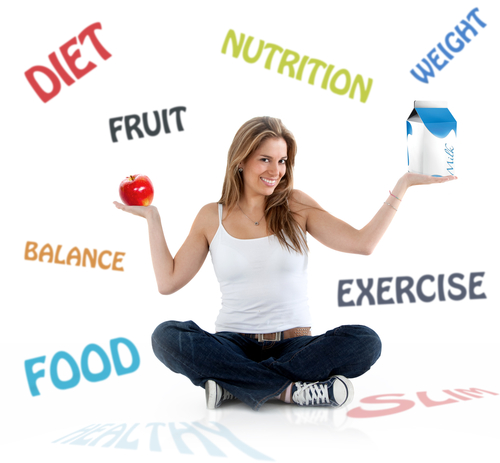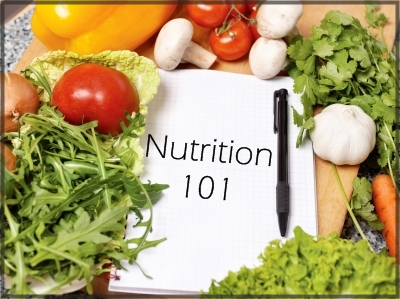 It is safe to say that one thing you’ll do today is eat some food. Food is essential to life.
It is safe to say that one thing you’ll do today is eat some food. Food is essential to life.
But what is food? What’s in food that makes it so important? What happens to the food once you eat it? What is food made of? How does it fuel our bodies? What do words like “carbohydrates” and “fats” really mean (especially on those “Nutrition Facts” labels you find on almost everything these days)? What is a calorie?
With so many diets and quick weight-loss promises on the market today, it’s hard to remember what a healthy diet really looks like. Start here with the basics of good nutrition.
If you have ever wondered about food and nutrition how your body uses it, then read on. In this series, we’ll give you some basics of food nutrition to help you make the best choices to improve your health and nutrition as you lose weight.
The Basics of Food
Think about some of the things you have eaten today — maybe cereal, bread, milk, juice, ham, cheese, an apple, potatoes… All of these foods (and pretty much any other food that you can think of) contain seven basic components:
* Carbohydrates (simple and complex)
* Proteins
* Fats
* Vitamins
* Minerals
* Fiber
* Water
Your body’s goal is to digest food and use it to keep your body alive. In the following sections, we will look at each of these basic components to understand what they really do and why they are so important to your body.
(Note that there might be a few non-food things mixed in with what you eat, especially if you are eating lots of processed foods. Things like artificial colors and chemical preservatives are the most common. Those are additives, not part of the natural foods.)
Throughout this Nutrition 101 series we will cover how your body uses and stores calories, compare carbohydrates, highlight the pros of lean protein, healthy fats and a diet rich in vitamins and minerals.
 You may also like:
You may also like:
- Six Weeks to a Healthier Diet
- Smart Start Menu Series
- Tips for putting together healthy menus
- Walk Talk Series
Just click on the link to take you to the topics in the series
- Nutrition 101 – Introduction to basic Nutrition
- Nutrition 101 – Calories
- Nutrition 101 – Carbohydrates
- Nutrition 101 – Proteins
- Nutrition 101 – Fats
- Nutrition 101 – Micronutrients ( Vitamins and Minerals)
- Nutrition 101 – Fiber
- Nutrition 101 – Water
- Nutrition 101- Recap – 5 Tips to Eat More Nutritiously


